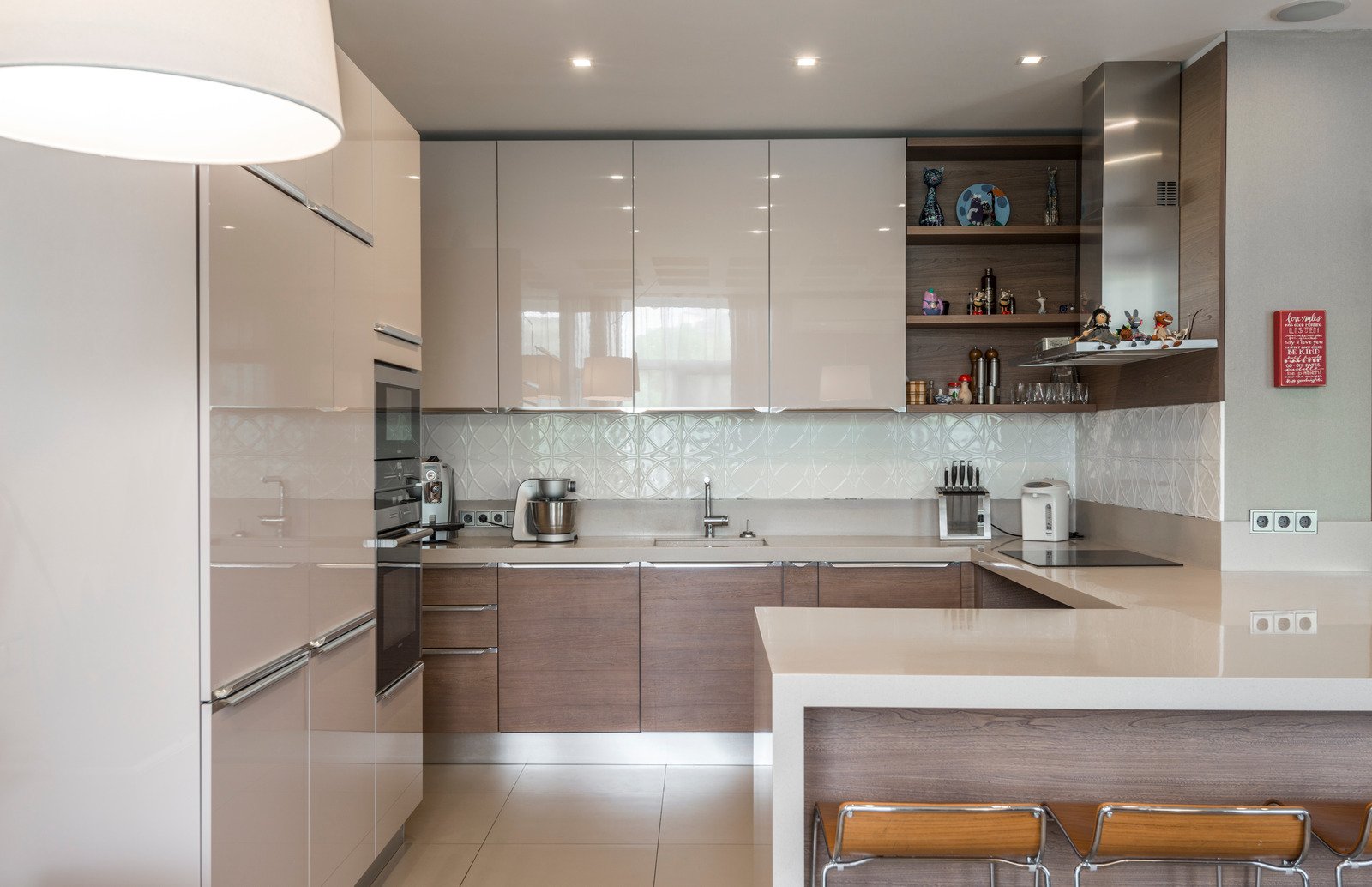Interior designer
An interior designer is a specialist whose task is to shape the interior spaces of buildings to create aesthetic, functional, and harmonious environments. Working closely with interior architects, they lead the design process from concept to realization, considering the latest industry trends.
Contents
Interior Designer's Tasks
Space Analysis
Interior designers initiate the design process by conducting a detailed analysis of the space. They engage in discussions with clients to understand preferences, needs, and expectations. Collaborating with interior architects, they evaluate room structures, focusing on natural light, furniture arrangement, and overall spatial layout.
Project Concept
Based on gathered information, the interior designer creates a project concept, including the selection of colors, materials, furniture, and accessories. At this stage, considerations for renovations and interior finishes are also taken into account.
Collaboration with Interior Architects
The interior designer collaborates closely with interior architects, creating a synergistic approach to design. This collaboration covers not only aesthetic aspects but also technical considerations, ensuring the optimal use of space.
Material and Finish Selection
Interior designers carefully choose materials and finishes, balancing aesthetics with durability. They are responsible for creating a cohesive image that aligns with the client's intentions.
Project Implementation Coordination
After concept approval, interior designers oversee the implementation process, working with renovation contractors, furniture suppliers, and other specialists. They ensure that the project aligns fully with the client's expectations.
The Role of an Interior Designer in the Context of Interior Architecture
Interior designers play a crucial role within the broad field of interior architecture. Their task is not only to create an aesthetic environment but also to tailor the project to the function of the space, ensuring ergonomic solutions and optimal use of every square meter.
The Significance of Interior Designers in the Renovation and Finishing Process
Interior designers play a key role in the renovation and finishing process, guiding decisions regarding colors, materials, and arrangement. Their ability to collaborate with contractors guarantees a smooth transition from concept to reality.
"From Zero to Oasis" Projects - Arrangement and Aesthetics
Inspiring Projects
Interior designers often undertake "from zero to oasis" projects, transforming spaces in an inspiring and functional manner.
Creation of Harmony Oases
Thanks to the skills of interior designers, interiors become oases of harmony, where each element has its place, and the color palette creates a cohesive whole.
Incorporating the Latest Trends
Interior designers stay abreast of the latest industry trends, integrating them into their projects to create modern and stylish spaces.
Aesthetics Meets Functionality
In an interior designer's project, aesthetics meet functionality, creating spaces that not only captivate the eye but also perfectly fulfill their purposes.
Client-Centric Approach
Interior designers always place the client at the center of the project, seeking to understand their unique needs and intentions to create a space perfectly tailored to their lifestyle.
In summary, an interior designer is not only an aesthetics expert but also an expert in creating functional and harmonious spaces. Their role in the design, renovation, and arrangement of interiors is invaluable, positively impacting the quality of residents' lives and the value of the property.
